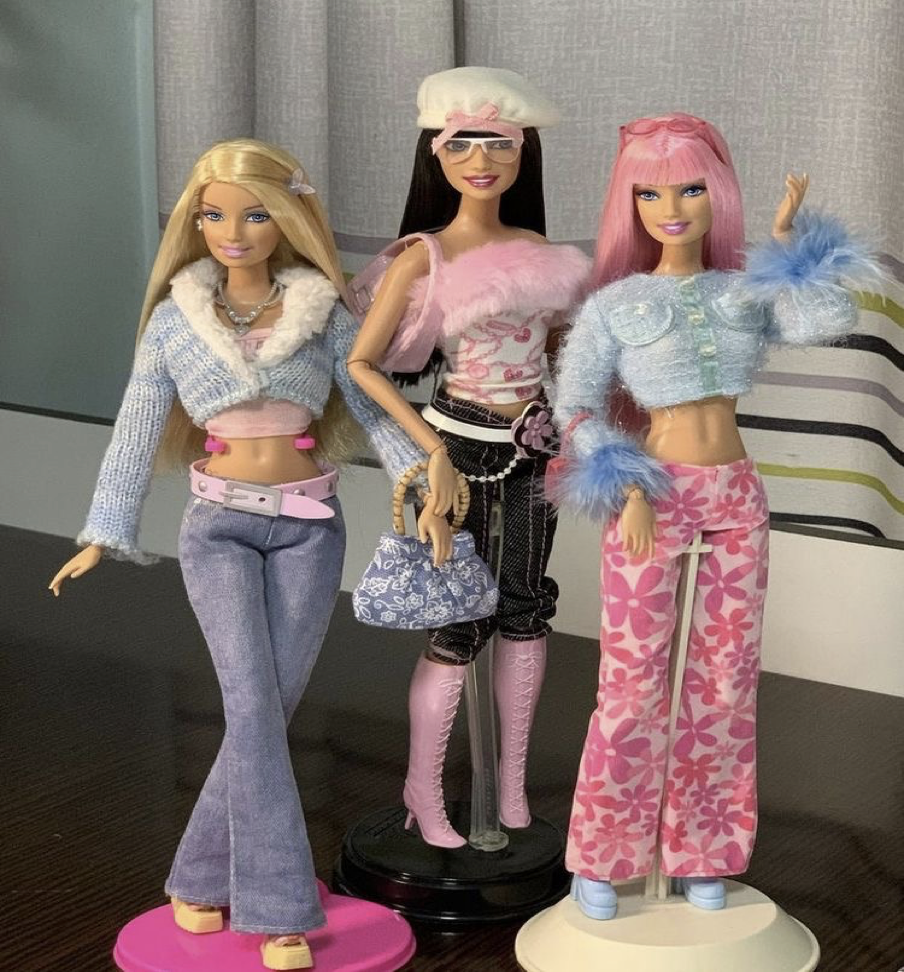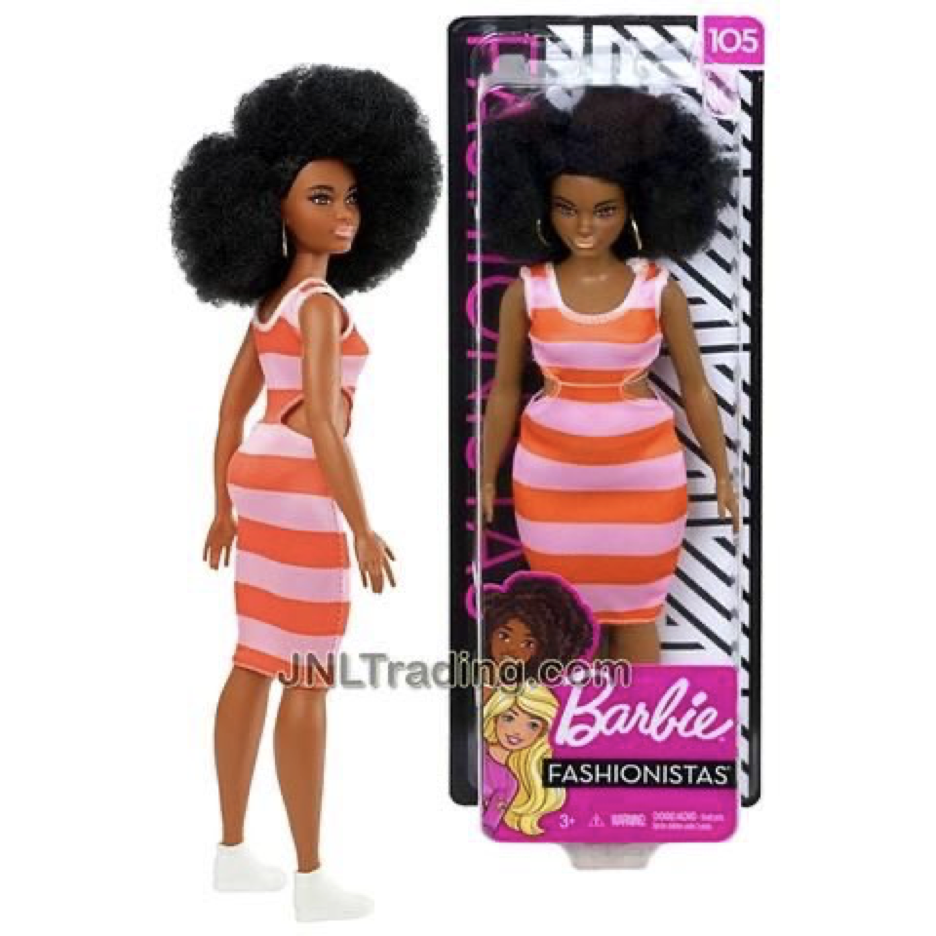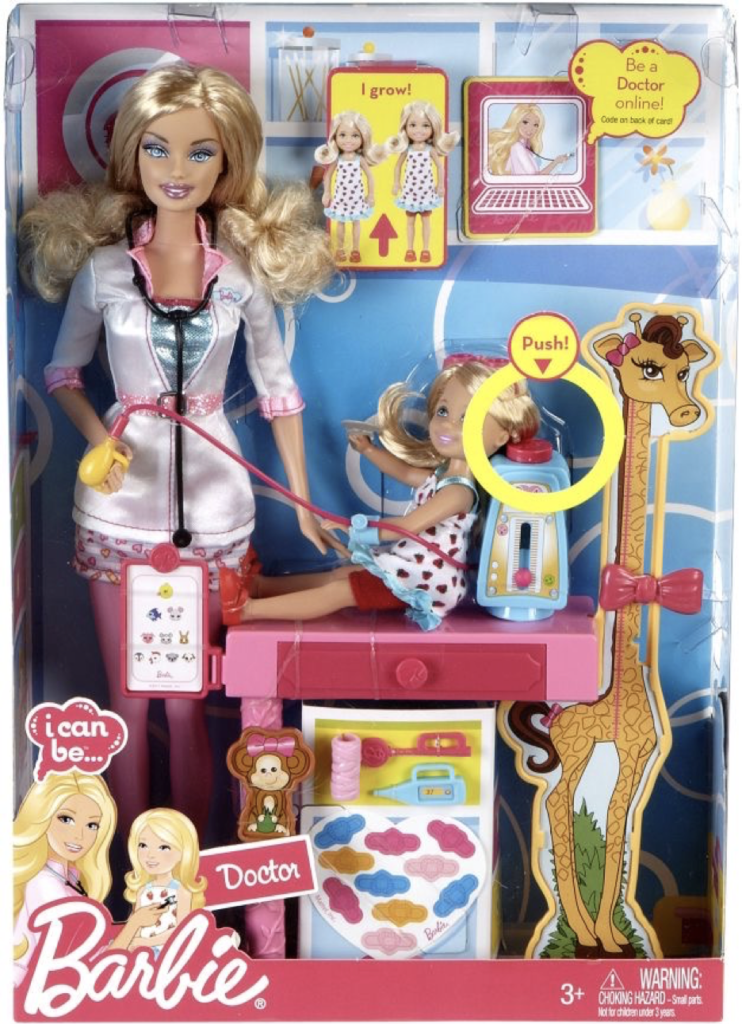The renowned Barbie, an emblem of elegance and fashion adored internationally, is poised to grace the silver screen under the directorial finesse of the distinguished three-time Academy Award nominee, Greta Gerwig. Embodying the cherished role of Barbie, the gifted talent and grace of Margot Robbie promise to invigorate the character with an unparalleled allure. Joining this cinematic journey, the magnetic Ryan Gosling assumes the mantle of Ken, Barbie’s esteemed partner, infusing the role with his captivating charm and charisma. Under Gerwig’s meticulous guidance, this cinematic opus is destined to become an unrivalled masterpiece, an imperative viewing experience for ardent Barbie enthusiasts and cinephiles alike.

Barbie is an 11-inch (29-cm) tall plastic doll known by the full name of Barbara Millicent Roberts. This captivating plastic doll, graced with the alluring silhouette of a mature woman, made her grand entrance into the world on the auspicious day of March 9, 1959, courtesy of the visionary geniuses at Mattel, Inc., a distinguished toy company hailing from the sun-kissed lands of southern California. Over the course of her life, Barbie has undergone a number of changes that reflect shifting society conventions, fashion trends, and cultural upheavals. The origins, development, controversies, and long-lasting influence of Barbie on mainstream society will all be examined in detail in this article.
Ruth Handler came up with the idea for Barbie after witnessing her daughter Barbara playing with paper dolls and visualising them in grownup roles. Recognising a need in the toy industry for dolls which enabled girls to picture themselves as grownups, Ruth created the concept for a three-dimensional adult-like fashion doll with her spouse Elliot Handler and toy designer Jack Ryan. The Handlers were inspired by a German doll named Bild Lilli, which was a comic strip figure and not designed for children, and chose to make a more wholesome and child-friendly counterpart, which resulted in the birth of Barbie.
Barbie made her début at the American International Toy Fair in New York City on March 9, 1959. She was advertised as a young fashion model, which was a completely novel concept at the time. In contrast to the conventional baby dolls that predominated the market, Barbie radiates refinement and glamour thanks to her chic attire, trim frame, and excellent grooming. Barbie’s first two signature ensembles were the “Swimsuit” and the “Evening Gown.”

Throughout the tumultuous 1960s and beyond, Barbie embarked on a fascinating odyssey of transformations, adroitly adapting to the ever-evolving zeitgeist. In 1961, the enchanting world of Barbie welcomed the graceful arrival of Midge, her closest confidant, injecting new vitality into her already vibrant universe. However, Midge was just the opening act as a bevy of captivating characters swiftly followed, introducing the dashing Ken, Barbie’s dapper paramour, and the endearing Skipper, her youthful sibling. The years that ensued witnessed Barbie’s mesmerising metamorphosis as she deftly donned an array of remarkable personas, mirroring the burgeoning opportunities that women were embracing across diverse domains. She became an astronaut, a doctor, an athlete, and even ventured into politics! With her endless talents and adventurous spirit, Barbie has become an inspiring figure for people everywhere.
One of the keys to Barbie’s enduring appeal is her extensive and diverse wardrobe, which has always been a cornerstone of her popularity. Mattel has consistently introduced new fashion sets and accessories, keeping Barbie at the forefront of style and reflecting contemporary fashion trends. Not only that, but the “Barbie Fashionistas” line, which debuted in 2009, took diversity to new heights by presenting dolls of all races, body sizes, and hair textures. This ground-breaking campaign intended to promote representation and diversity in a lighthearted and entertaining manner, reminding us all that beauty can take various forms.
Through the years, Barbie has had an impact on popular culture outside of the toy sector. She is a well-known and adored figure all over the world thanks to her appearances in several animated movies, TV shows, and video games. Barbie has become an emblem of culture thanks to her appearance in music, books, as well as art exhibitions. Barbie was declared a work of art by Mattel, but the doll has also served as an inspiration for other pieces of art, such as a portrait of Andy Warhol from 1986 and images by William Wegman and David Levinthal. A.M. Homes and Barbara Kingsolver, among others, have utilised the doll in their fiction. Barbie interpretations typically fall into one of two categories: idealising the doll or, more frequently, using the doll to critique concepts linked with it, such as excessive consumerism and sexism.

Barbie has been the subject of controversy despite her widespread appeal. She has come under fire over the years for encouraging exaggerated notions of beauty and feeding stereotypes of men and women. Her dimensions have been criticised, with some saying they encourage young girls to have an unrealistic and possibly damaging body image. Barbie has come under fire ever since the 1970s for her physical proportions and materialism (her obscene collection of houses, vehicles, and outfits). Apparently, if Barbie were a real woman, she wouldn’t be able to menstruate since she doesn’t have enough body fat, according to research from Finland published in 1994. In response, Mattel repeatedly altered the Barbie body shape. At the beginning of the twenty-first century, the doll was given smaller busts, a bigger waist, and thinner hips, and dolls with various body types, skin tones, and hair were also introduced. The business added three new Barbie sizes in 2016: curvaceous, tall, and tiny.

Despite the controversies that have surrounded her, Barbie has been a trailblazer in empowering young girls to dream big and imagine themselves in various roles. Her diverse career choices have inspired generations of young women to pursue their passions and break down barriers in traditionally male-dominated fields. With her boundless spirit and her unwavering determination, Barbie has become a true icon of empowerment and inspiration.
The story of Barbie’s transformation from a basic fashion doll to a preeminent worldwide cultural symbol is enthralling and speaks to her continuing resonance and significant influence. She has skilfully reflected society’s altering tides all through decades. Mattel’s conscious efforts to provide Barbie with diversity and representation have further cemented her legendary status in the hearts of both children and adults.
In her ceaseless evolution and adaptive nature, Barbie continues to wield an unwavering influence, inspiring forthcoming generations to cultivate audacious dreams, embrace exploration, and celebrate their authentic selves. Her unyielding spirit and limitless imagination remind us that the realm of possibility knows no bounds when one fosters unwavering self-belief and unremitting dedication to transform aspirations into tangible reality.
Sources
- https://www.britannica.com/topic/Barbie
- https://www.businessinsider.com/barbie-history-mattel-ruth-handler-ken-doll-toy-fashion -movie?amp
- https://www.businessinsider.com/barbie-history-mattel-ruth-handler-ken-doll-toy-fashion-movie?amp
- http://www.barbiemedia.com/about-barbie/history.html
- https://www.smithsonianmag.com/arts-culture/cultural-history-barbie-180982115/




